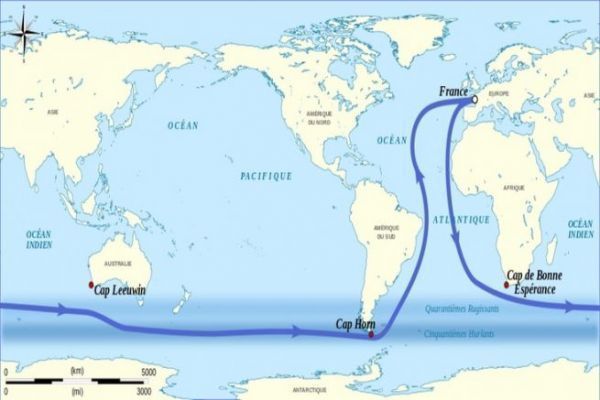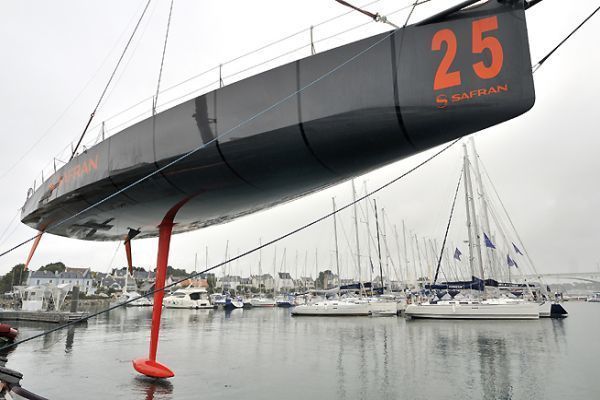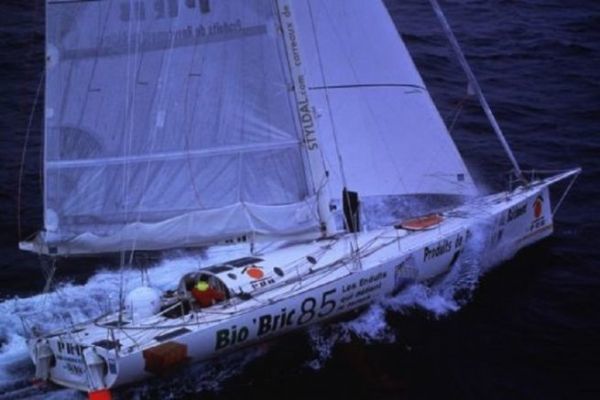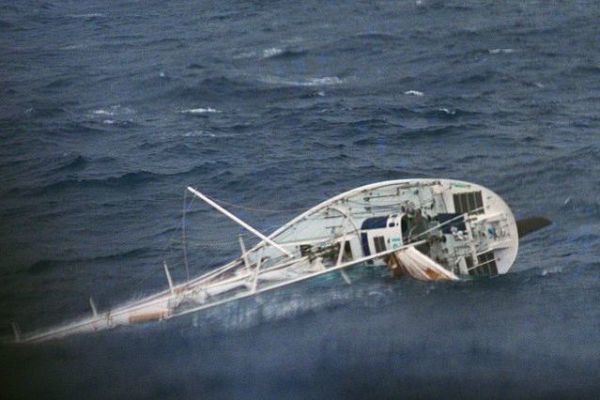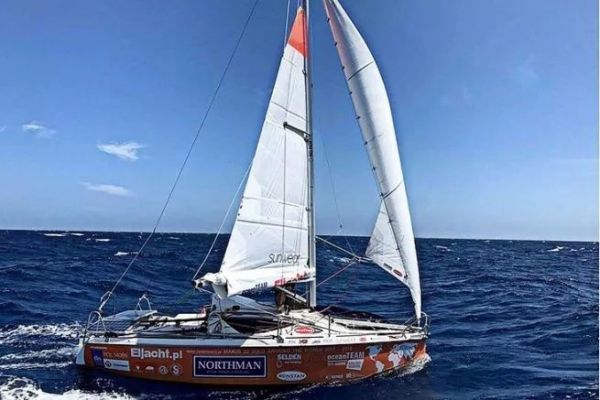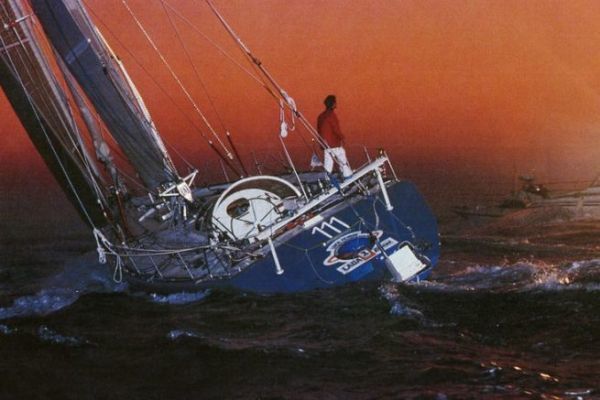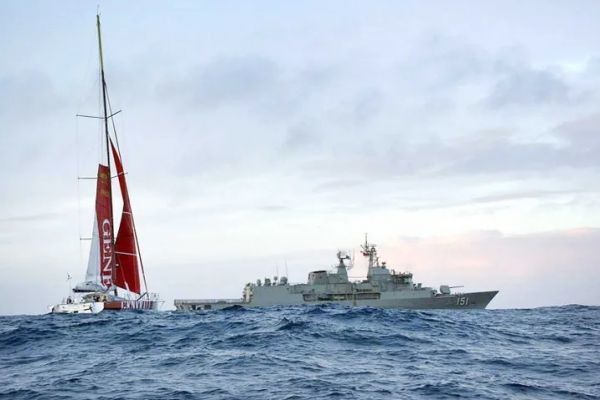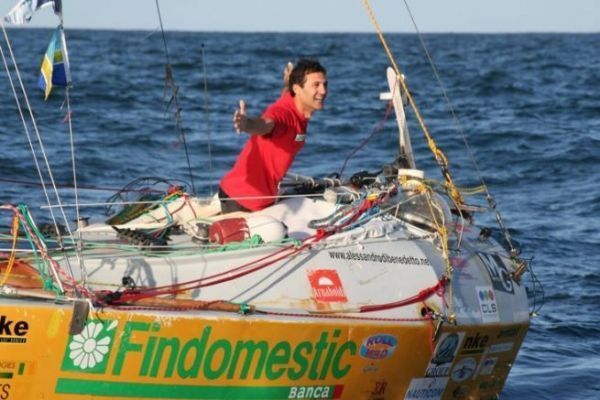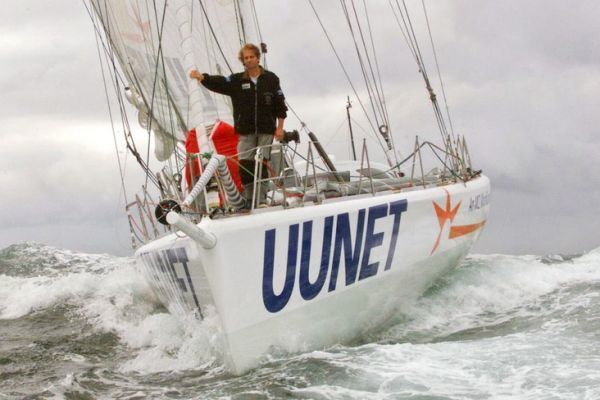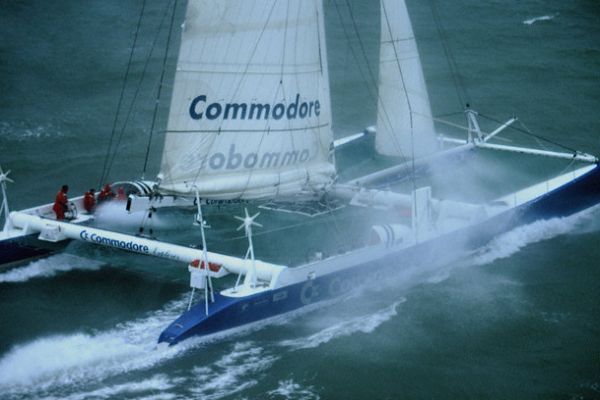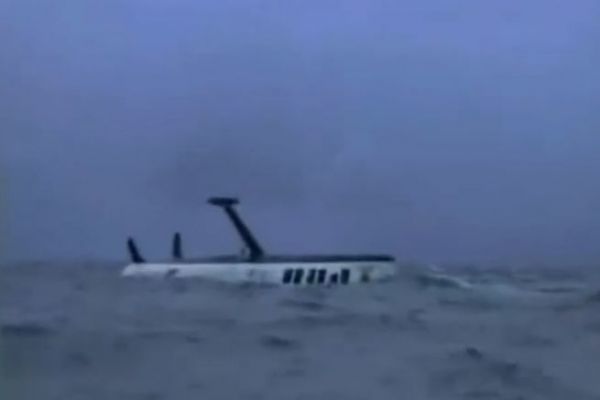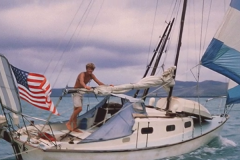From swimming to sailing
Vito Dumas was born on September 26, 1900 in Buenos Aires, Argentina. An accomplished sportsman, he practiced boxing, swimming and aviation. But it was sailing that made him a household name. He began sailing at the age of 17, while giving swimming lessons, which he practiced at a good level. In 1923, he made five unsuccessful attempts to cross the Rio de la Plata. In 1931, he travelled to France to attempt to swim the English Channel, but failed again. He then decided to devote himself to sailing.
A first Atlantic crossing
Although he had never really sailed offshore, Vito Dumas decided to sail from Europe to Buenos Aires. The solo crossing had never been attempted before. He set sail on December 13, 1931 on LEHG, a derelict 8m JI built in 1912, which he had refitted as a yawl. The boat was in poor condition, the weather was stormy and the cold was omnipresent. After 5 stopovers and 76 days at sea, she reached Buenos Aires on April 11, 1932, having covered 6,270 miles, after running aground near the Rio Grande and being rescued by the Brazilian navy.
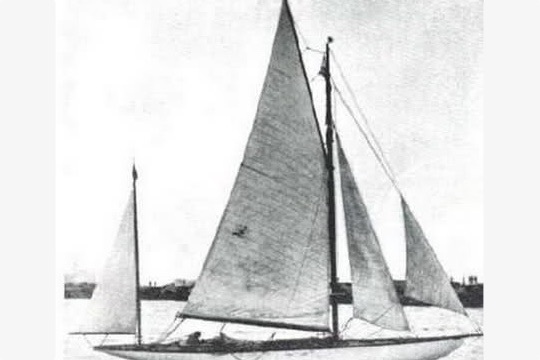
Single-handed circumnavigation of the globe via the Deep South
In 1934, Vito Dumas launched the construction of LEHG II. This was a 9.50-meter Marconi ketch, aboard which he decided to sail single-handed around the world. But for financial reasons, he was forced to sell her. His project matured, and it was in 1942, in the midst of the Second World War, that he finally took the plunge. He would circumnavigate the globe via the Deep South, known as the Roaring 40s, keeping to the 40th degree of southern latitude. Deserted since the advent of the Panama Canal, the Deep South offers greater security than the war-torn North Atlantic. Vito Dumas doesn't take a radio on board, to avoid suspicion of espionage.
A first stage in survival mode
The sailor bought back his yacht LEHG II and left Buenos Aires on June 27, 1942, 110 miles to Montevideo, Uruguay. The first 4,200-mile ocean leg took him to Cape Town, South Africa, after 55 days of constant storms, 15-m waves, no electricity, no survival equipment and the fear of having to amputate his arm. While repairing a leak, the navigator injured his hands. With no medical supplies on board, his wounds became infected and his right arm swelled up. To avoid gangrene, or even death, Vito Dumas considered amputation, but without anaesthetic and medication, his chances of survival were slim. While he was unconscious, the abscess that had formed finally broke through, evacuating the infection.
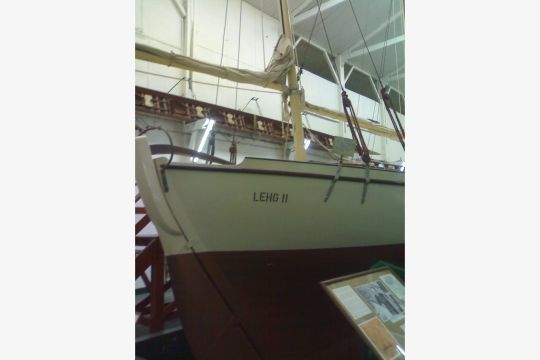
A straight road through the Roaring Forties
Less than a month later, he leaves Africa for the longest leg of his round-the-world voyage, 7,400 miles to Wellington in New Zealand. Once again, the Indian Ocean is unforgiving. Vito Dumas faced cyclones, wall-high waves and winds of over 50 knots. He was the first solo sailor to sail from Africa to New Zealand in a straight line on the Roaring Forties route. After 104 days at sea, he has finally covered half of the Globe. He continued on to Valparaiso, Chile, which he reached after 5,200 miles in 72 days. He completed his circumnavigation by reaching Mar Del Plata, 3,200 miles away in 27 days, then Montevideo, arriving in Buenos Aires on September 7, 1943 after 20,420 miles and 272 days at sea.
The first navigator to round Cape Horn without running aground
Vito Dumas was also the first solo sailor to round Cape Horn and complete his journey, the Norwegian Al Hansen having passed it before him in 1943, but from east to west, running aground on the Chilean coast shortly afterwards. As for Joshua Slocum, he circumnavigated America via the Strait of Magellan.
Two other long sea voyages
On his return, Vito Dumas wrote a novel about his adventure, The Impossible Road which did not bring him the success he had hoped for. He undertook two further long voyages, the first aboard Legh II to and from Buenos Aires, via New York, the Azores and the Canaries, and the last on Sirio, from Buenos Aires to New York.
He died of a stroke ten years after his last trip, in 1965.

 /
/ 

